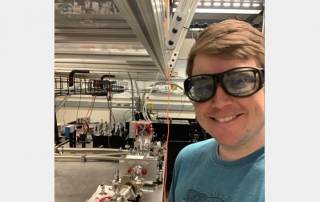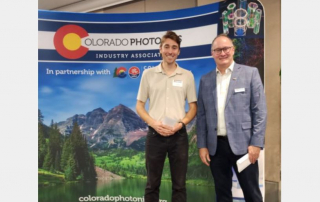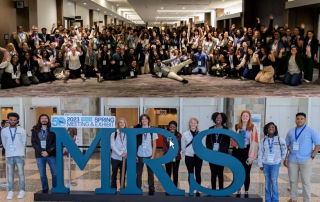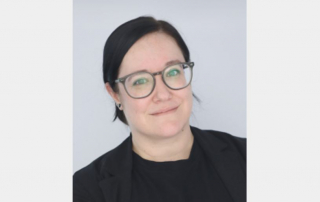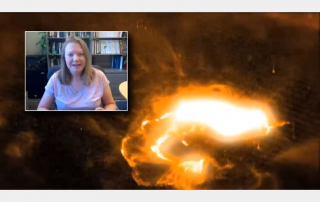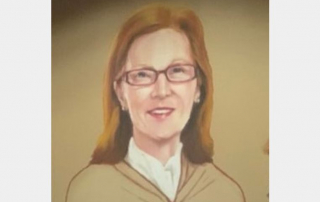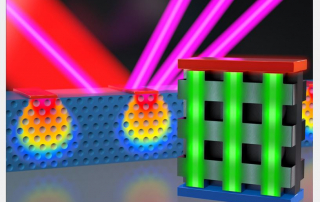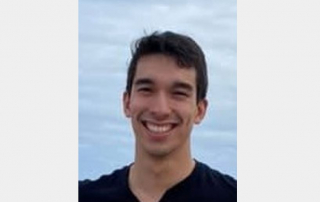Congrats to Daniel Carlson for Receiving the Best Paper Award at Optica International Conference on Advanced Solid State Lasers
To honor students’ abilities for clear and effective communication in quantum physics, Optica offers a yearly “best paper” award at its International Conference on Advanced Solid State Lasers. This year, JILA graduate student Daniel Carlson was among the list of winners, with his presentation “Carbon K-Edge Soft X-Rays Driven by a 3 µm,1 kHz OPCPA Laser System” winning over the judges. Carlson, who is a researcher in JILA Fellows and University of Colorado Boulder professor Margaret Murnane and Henry Kapteyn, studies the creation of special X-rays using laser systems. Congratulations, Daniel!
